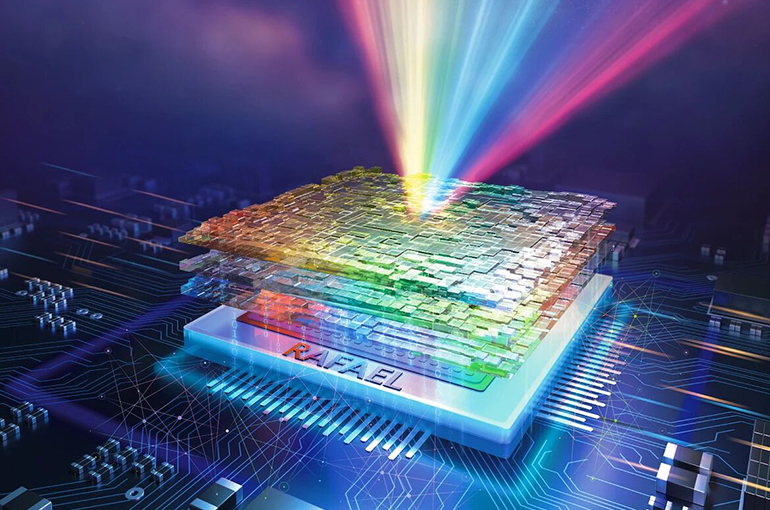 Tsinghua University’s New Rafael Chip Redefines Limits of Spectral Imaging Resolution
Tsinghua University’s New Rafael Chip Redefines Limits of Spectral Imaging Resolution(Yicai) Oct. 17 -- Tsinghua University, a prestigious Chinese university in Beijing, has successfully developed the world's first sub-ångström snapshot spectral imaging chip, which was dubbed Rafael.
Rafael offers double the total transmittance and a nearly two orders of magnitude improvement in spectral resolving power, as verified by extensive experiments, according to an article published on Nature by professors at the Department of Electronic Engineering of Tsinghua University on Oct. 15.
In particular, Rafael captured sub-ångström spectra, including all atomic absorption peaks of up to 5,600 stars in a single snapshot, indicating ×100-10,000 improvement in observational efficiency compared with world-class astronomical spectrometers, the Nature article noted. This method could drive advances in fields ranging from material science to astrophysics.
Rafael will first undergo test application and experimental verification at the Gran Telescopio Canarias on the Spanish island of La Palma to enhance the telescope's ability to observe cosmic celestial bodies and provide a new perspective for cutting-edge research in basic physics, such as dark matter and black holes, a source at Tsinghua University close to the research team told Yicai.
The GTC is one of the world's largest single-aperture optical infrared telescopes. It can observe extremely faint celestial bodies and can be used to study distant galaxies, exoplanets, and other celestial objects.
Rafael can greatly improve the efficiency of astronomical observation, according to the source. During the development process, researchers overcame challenges related to the resolution, efficiency, and integration of the spectral imaging system.
Telescopes equipped with Rafael can be used to detect the physical processes around supermassive black holes at the centers of galaxies, as well as the birth process of stars and planets, an astrophysicist told Yicai. This would provide clues for exploring the secrets of cosmic evolution.
In addition to astronomical observation, including being mounted on satellites to map cosmic spectral images, Rafael can also be applied in other fields, including machine intelligence and airborne remote sensing, the source noted.
Editors: Tang Shihua, Futura Costaglione